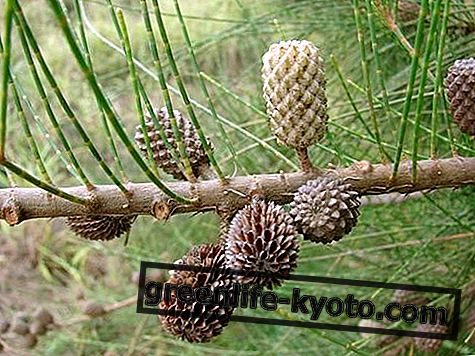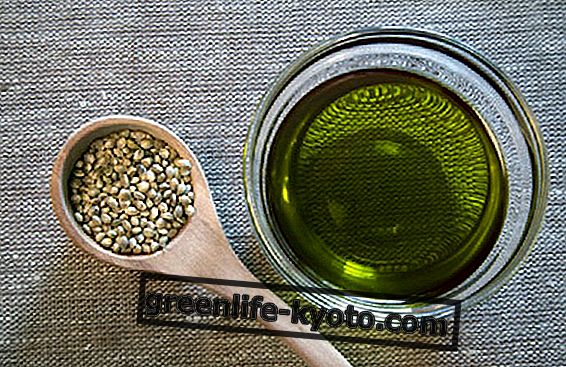
Chronic gastritis: symptoms and causes
Gastritis is an inflammation of the gastric mucosa. The function of the gastric mucosa is to protect the stomach walls from the acid and aggressive environment that is created during digestion.
The causes of gastritis can be various:
> Stress ;
> unbalanced diet with the presence of foods processed by difficult digestion or even excessive quantities;
> use and abuse of alcohol and smoke and irritating substances such as coffee, exciting and sugary drinks, or too hot;
> infection with helicobacter pylori .
Gastritis, if it continues its symptoms for a long time, and particularly if it is a carrier of helicobacter pylori, can become chronic . In this case the diet must be treated particularly, to calm the symptoms and try to resolve the causes.
Symptoms of chronic gastritis
The symptoms of chronic gastritis are similar to those of acute or sporadic gastritis, with the difference that they are present constantly. They are:
> Persistent and widespread stomach pain and heartburn, even if mild;
> nausea : nausea is present both before and after meals. When present on an empty stomach it is calmed by ingesting food, but only for a short time: afterwards it returns, in the most serious cases accompanied by vomiting ;
> sense of heaviness and digestive difficulties, even after having ingested few foods;
> swelling and abdominal tension ;
> acidity with reflux ;
> sometimes tachycardia and palpitations after meals .
The first natural remedy to counter the symptoms of chronic gastritis is the diet itself: just as the cause of chronic gastritis can also be its cure and resolution.
Chronic gastritis what to eat
It is very important to follow a diet adapted to the needs of a stomach affected by chronic gastritis, without incurring in drastic restrictive measures. When chronic gastritis has its acute manifestation it can and must be respected as light as possible: breakfast, lunch and dinner with wholegrain rice cream and steamed vegetables or sweet and starchy fruit. After the worst moment, you can gradually reintegrate your diet, eating the following foods:
> Seasonal fruit and vegetables, raw or steamed. Initially, acid fruit, citrus fruits and vegetables that can lead to the formation of gases such as cabbage, cauliflower and broccoli are to be excluded. Over time these vegetables can also be eaten, gradually adding them to meals;
> Vegetable milk and yoghurt, natural tofu ;
> Whole grains such as rice, barley, spelled, millet, quinoa . Whole grains are rich in fiber, very useful for intestinal transit, but they can be irritating to gastric mucosa during acute gastritis: they are therefore to be integrated, gradually, gradually into grains, while they can be used as a cream always eaten;
> White meat and fish , in small cuts, and low in fat or deprived of fat;
> In general there are limited and mostly cold conditions: little oil to season cooked vegetables, stevia or honey or agave to sweeten, avoid lard, butter and other condiments brought to high temperatures ; allowed the spices except chilli, pepper, curry, masala and spicy or too sour mixtures.
Chronic gastritis: complementary advice on what to eat
Lifestyle has a large influence on chronic gastritis . Stress, smoking, alcohol, nutrition, the quantity of motion and life in the open air, the quality of breathing and the way we eat, in addition to what we eat, are factors that can contribute to resolve symptoms of gastritis.
Analogously , gastritis is associated with the difficulty of digesting experiences : just as the stomach is sensitized to the acidity of what is introduced and with respect to the aggressiveness with which one approaches the experience, so also our attitude towards life .
According to analogue medicine, what gastritis does not allow us to do is already an important indication of how and what there is to adjust in one's attitude, both towards food and towards the experiences that feed us.
Learning to breathe deeply, to eat slowly and to welcome the experience, not to attack what happens to metabolize it immediately, all of these are food for thought for those suffering from chronic gastritis.
To know more:
> Gastritis? Cabbage and mallow juice, a real panacea













